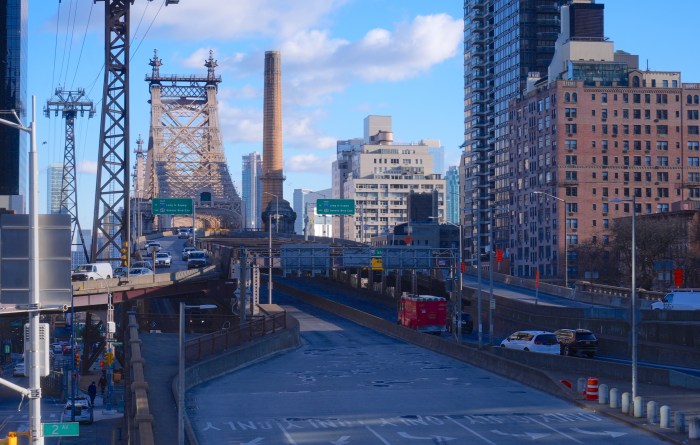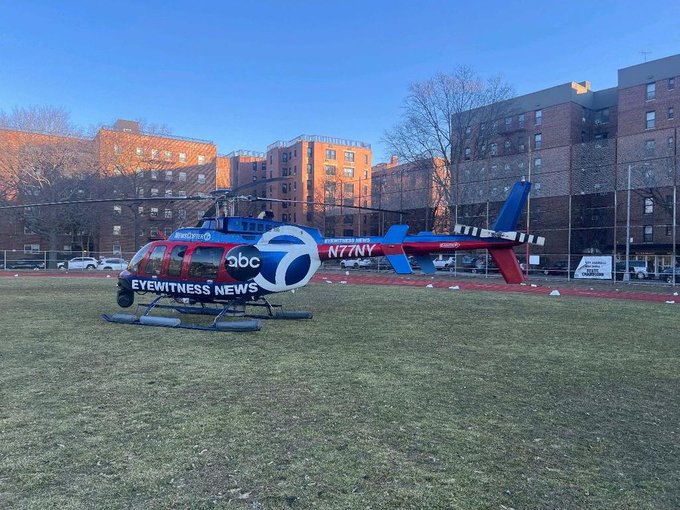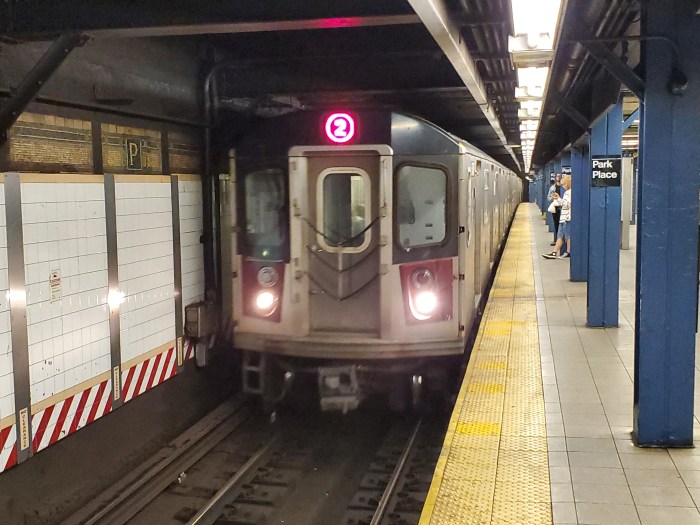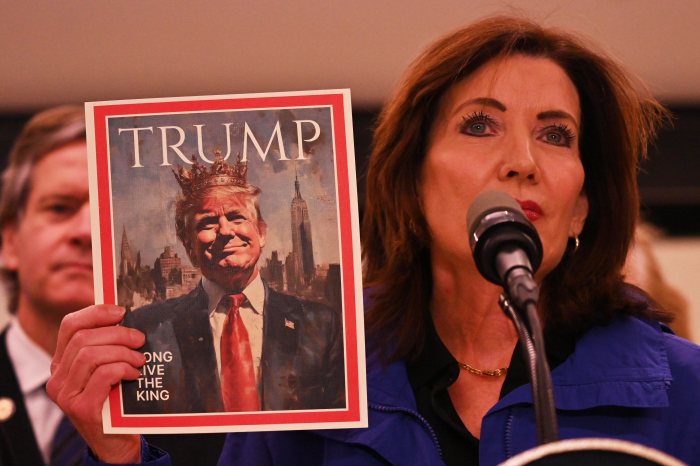
New year, new L train shutdown plan.
After three years of intense planning, public hearings and a lawsuit over the planned service suspension between Manhattan and Brooklyn, Gov. Andrew Cuomo announced on Jan. 3 that both tubes of the Canarsie Tunnel won’t need to be closed after all.
The MTA was expected to shutter the tunnel for 15 months beginning April 27 to fix subway infrastructure that was damaged by flooding during superstorm Sandy in 2012. Now, the governor says the work can be done in a less disruptive way using a new design that was developed after he toured the tunnel in December with engineers from Columbia and Cornell universities.
The MTA confirmed the recommendations could be achieved and accepted the proposed changes, reversing years of planning in a matter of hours.
"We have a shared goal in this effort: to make sure New Yorkers are subjected to the least possible disruptions as a result of this necessary repair work," MTA chairman Fernando Ferrer had said. "With the L Project, and all our major projects, we’re consistently looking for new and innovative methods, and the guidance and recommendations we have received today will ease the strain on customers and help us ensure we are providing a consistently reliable service."
If the about-face has left you with more questions than answers, don’t freak out. Here’s what we know so far about the new proposed plan.
How would the new repair plan impact L train service?
The work would take place during overnight hours and weekends, with regular weekday service continuing to operate in both directions, according to Cuomo and the MTA. While repairs are being made on one tube, the other tube will provide service in both directions. Service during repairs could be reduced to trains running every 15 to 20 minutes, according to Ferrer.
When would the partial L train shutdown take place?
The MTA hopes to begin repairs to the tunnel on April 27, but the revised plan will need to be approved by a board vote before it can move forward. The MTA board held an emergency meeting Tuesday to discuss the new proposal and hear comments from the public, but the plan was not voted on.
How long could the partial shutdown take?
The revised plan would take 15 to 20 months to complete, according to the MTA.
What are the details of the new repair plan?
One major change is a proposal to hang power and communication cables near the top of the tunnel’s tubes rather than encasing them inside concrete bench walls. The bench walls would still be fortified and fitted with sensors to detect further damage, but hanging the cables instead of putting them inside the concrete barriers would significantly reduce the project’s disruption of service, according to the engineers from Columbia and Cornell universities.
Other changes include:
- Implementing a new design for power and control systems.
- Separating the cable system from the bench wall.
- Covering the cables with low smoke, fireproof material.
- No longer using old cables housed in the existing bench wall.
- Only fixing parts of the bench wall that are structurally unsound.
- Installing a walkway where the bench wall is removed.
- Increasing flood resiliency measures.
How much could the new plan cost?
Ferrer said he expects the price tag to be close to the MTA’s current $477 million contract to fix the tunnel, but the contract needs to be renegotiated and then approved by the MTA board.
What will happen to the previously planned transportation alternatives?
The MTA said it will still employ additional subway service on nearby lines such as the G, M and 7 trains during the rehabilitation project, but the fate of other planned alternatives, including a new ferry route and the "L-Alternative" buses, was not immediately clear.
City Councilman Keith Powers, who represents parts of the Lower East Side, said the revised rehabilitation plan should keep the alternative transportation options, particularly M14 Select Bus Service and the planned ferry route connecting Williamsburg and Stuyvesant Cove.
Will other improvements included in the original plan continue?
The MTA will still complete projects meant to address long-term issues related to capacity along the L line, including the construction of new power substations. Capacity improvements and ADA accessibility projects at the Bedford Avenue station in Brooklyn and the First and Sixth avenue stations in Manhattan will also continue.
Why does the Canarsie Tunnel need repairs?
The Canarsie Tunnel was flooded with 7 million gallons of salt water when Sandy slammed into the East Coast in 2012, according to the MTA.
The flooding damaged a 7,110-foot-long section of tracks, signals, switches, power cables, signal cables, communication cables, lighting, cable ducts and bench walls, the authority said. To protect the structural integrity of the entire tunnel, the MTA said bench walls throughout that section needed to be rehabilitated.
Sandy repairs in other MTA tunnels have already been accomplished through night and weekend closures, while the Montague Tunnel under the East River, which serves the R line, was shut down for over a year and the G train’s tunnel was closed for two months, according to the MTA.
How many people would be impacted by Cuomo’s revised L train plan?
The L train’s daily weekday ridership between Manhattan and Brooklyn is 225,000, while its daily ridership along the entire line is 400,000. An MTA spokesman couldn’t immediately provide specific ridership numbers for overnight hours and weekends but said the number of L train riders is lower compared with its daily weekday ridership.
What do L train riders think of the new plan?
Many Williamsburg residents were overwhelmingly optimistic about the proposal, but some people questioned why it took so long to arrive at a plan that didn’t include a full tunnel shutdown.
"There really wasn’t a solution that wasn’t inconvenient, but this is better," said Jolene Peters, a college professor who lives in the area and takes the L train to work.
Alexandra Balic said the new plan "sounds great," but the mixed messages from Cuomo and the MTA had left her confused.
"First they said they needed to do the shutdown in order to fix it, now they say they don’t. I don’t know which one was right," she added.
For small business workers near the Bedford Avenue L train station, the news renewed hope of future sales.
“I think we’re in a good position now,” Tierra Lockett, a manager of the boutique store Driggs Mercantile, said. “More people will see us and the train will help them get here.”
With Ivan Pereira




































